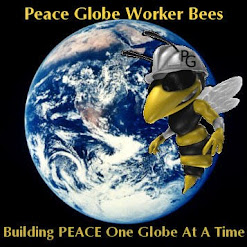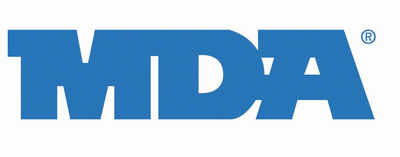Battle of Midway, 4-7 June 1942
Posted: Thursday, June 02, 2011 by Travis Cody inI've written about the Battle for Midway Atoll in the past. If you like, you can read those posts here and here. Today I'd like to tell you a little about Midway's land based air defense.
It's often overlooked, but fighter planes and bombers launched from the Atoll's landing strip got first shots off before the planes from USS Enterprise, USS Yorktown, and USS Hornet sank the four enemy carriers. Midway's bombers continued to harass the enemy throughout the engagement, despite deficiencies in speed and maneuverability when matched against the Japanese Mitsubishi A6M "Zero" long range fighter, Nakajima B5N "Kate" torpedo bomber, and Aichi D3A "Val" dive bomber.
 |
| Douglas SBD Dauntless |
Major Lofton R Henderson USMC (1903-1942) commanded 16 Douglas SBD-2 Dauntless dive bombers and Major Benjamin W Norris commanded 11 Vought SB2U-3 Vindicator dive bombers. On the morning of 4 June 1942, PBY Catalina scout planes launched from Midway confirmed by radio an enemy carrier bearing down on the Atoll at 180 miles distances, speed 25 knots.
 |
| Major Lofton Henderson USMC |
Of the 16 SBDs in Major Henderson's attack group, 8 did not make it back. Those that did return and land safely were badly damaged and could not immediately return to the fight.
 |
| Vought SB2U-3 Vindicator |
Both Major Henderson and Major Norris were listed as missing in action and presumed killed. They both received the Navy Cross, awarded posthumously. Many other pilots, crew, and ground support personnel were decorated for their bravery. VMSB-241 lost 19 aircraft and 37 men killed, missing, or wounded in action.
 |
| Major Floyd "Red" Parks, USMC |
The pilots of VMF-221 were awarded 23 Navy Crosses for valor during the battle for Midway. But the squadron was effectively decimated. It would be reconstituted later in the war, deploying eventually as part of MAG-21 to participate in the fighting at Guadalcanal, Bougainville, and New Georgia. Marian E Carl (1915-1998), who ultimately rose to the rank of Major General and was a pilot in VMF-221, was the first Marine Ace in WWII. Lt Col Harold W Bauer (1908-1942), who was killed at Guadalcanal, received the Medal of Honor for his actions during the fighting there.
VMF-221 would earn 185 air to air victories during World War II, second most of any Marine fighter squadron.
 |
| Brewster F2A-3 Buffalo |
Carrier based aircraft from USS Enterprise, USS Hornet, and USS Yorktown ultimately destroyed the Japanese carriers. That led to the reversal of fortunes in the Pacific campaign, ending in the Japanese defeat. But while that glory goes to the fighter and bomber squadrons from those three gals, be sure to remember the men who flew older and slower planes off the Atoll and into harm's way.
These are just hi-lights I've given you here. There was so much going on during the 3-4 days of the battle that it can be difficult to get the timing organized. There are also conflicting reports and many articles available that can distort the facts. One thing is clear to me though...the gallantry and intrepidity of the men who fought must be honored. So I do so here.
Should you be interested in a more in depth study of the Battle of Midway, check out this account or this account.



















Brave men!